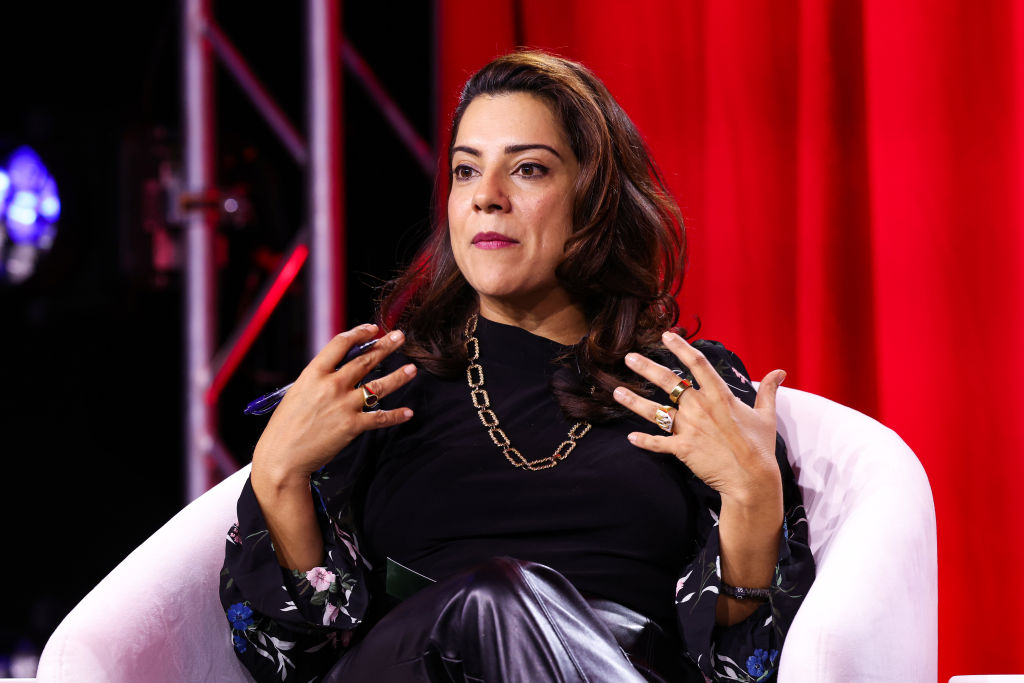Join our daily and weekly newsletters for the latest updates and exclusive content in the industry’s leading AI coverage. Learn more
The intelligence is pervasive, but measurement seems subjective. In the best case, we are approximate the size through tests and criteria. Consider college entrance exams: Every year, register countless students, memorize test preparation recommendations and sometimes go away with perfect scores. Does a number say 100%, saying the same intelligence or somehow they have maximizing their intelligence? Of course not. Assessments are approximations, not accurate measurements of someone or something – real opportunities.
This generative ai The community has long rely on benchmarks Mmlu (Understanding mass multitask language) assess model capabilities through many choice questions among academic subjects. This format compares straight, but can not really seize intelligent possibilities.
Both clips 3.5 Sonnet and GPT 4.5, for example, achieve similar scores in this criterion. It offers these equivalent opportunities on paper. People who work with these models know that there are significant differences in real world performance.
What does it mean to measure ‘intelligence’ in AI?
In its new heels Arc-I Benchmark release – a test that is designed to direct the models to the general thinking and creative problem solving – means « intelligence » in AI. While everyone still does not test the ARC-Aggi benchmark, it welcomes this and other efforts to develop this and test frames. Each benchmark has its own dignity and is a promising step in the wider conversation, Arc-Aggi.
Attention to a recent warning in the AI assessment ‘The final examination of humanity‘A comprehensive criterion that is considered by 3,000 peers along different subjects. This test represents an ambitious attempt to test the AI systems in a specialist level justification, and early results show fast progress – by Openai by collecting 26.6% per month. However, as other traditional criteria, primarily, the practical, which is increasingly important for real world applications, evaluates knowledge and thinking in isolation.
In an example, more than one The most modern models Not to consider the number of « R » in the literally literally. In others, they identify in the wrong way because they are smaller than 3.8. Such failures – even about tasks that a young child or main calculator can be resolved even a young child or solve the main calculator

New standard to measure AI ability
As models advanced, these traditional criteria showed their limitations – the tools reach about 15% with GPT-4, more complex, real-world assignments Gaia BenchmarkDespite effective scores in multiple choice tests.
This separation between evaluation performance and practical ability has become more and more problematic AI systems Go to business applications from the research environment. Traditional assessments Remember the test knowledge, but miss the important aspects of intelligence: the ability to collect data, encoded, analyze data and synthesize in many domains.
Gaia is a handy change in the AI evaluation methodology. The assessment created through cooperation between Meta-Fair, Meta-Genai, HuggingFace and AutoGPT, includes 466 carefully prepared questions at the level of three difficulty levels. These questions web rides, very modal concept, code execution, file processing and complex reasoning – important opportunities for real-world AI applications.
Level 1 Questions require about 5 steps and a tool for people to solve. Level 2 questions require 5 to 10 steps and more than one instrument, can request up to 50 discrete steps and require any number of tools. This structure reflects the true complexity of the work problems that solutions rarely come from an action or tool.
Prioritizing the convenience on complexity, the AI model Gaia – Outperforcing industry gives giants to Microsoft Magnetic-1 (38%) and Google’s Langfun agent (49%). For their success, audio-visual understanding and justification, the anthropic uses the combination of models adapted to 3.5 with Sonnet 3.5 with 3.5.
In the AI assessment, this evolution reflects a wider change in the industry: We move to AI agents that can close the instrument and workflow from the affiliate SAAs. Enterprises provide more meaningful ability measurements than traditionally multi-choice tests, as compounded, multi-step tasks and criteria as Gaia.
The future of the AI assessment is not in isolated knowledge tests, but not in a thorough assessment of problem solving. Gaia is a new standard to measure the ability of AI – one of the better the difficulties and capabilities of the real world.
Sri is the founder and CEO of the Ambati H2o.ai.
Source link
















Leave a Reply